Green cleaning the bathroom may need more time and effort–unless you make better use of your time. Cleaning the bathroom is never enjoyable, so why make it take any longer than necessary? Use these methods to quickly and efficiently green clean the bathroom.
Hey friend! Want to learn how to clean your bathroom using green cleaning products? You can make your own with simple pantry ingredients or buy eco-friendly cleaners (watch out for greenwashing!) and have a happy, healthy bathroom in your home.
I love to clean with natural cleaners, and I use a combination of homemade cleaners and eco-friendly store-bought cleaners. My go-to store is Amazon, so I can buy anything I want without leaving my house. But you know this concept well, too, if you’re a mom like me, don’t you?
I also LOVE how the natural wood cleaning brushes look in the bathroom, way better than the plastic toilet brushes that are constantly on display.
So my environmentally conscious friend, would you like to learn how to green clean the bathroom today?
This post may contain affiliate links. Full disclosure here.
My Favorite Non-Toxic Cleaning Supplies For The Bathroom
If you’re ready to clean without toxic chemicals, here are some essential, not-too-expensive products that I recommend!
- water spray bottles
- squeeze bottle or tiny container
- cleaning rags
- scrub brush
- distilled vinegar (white)
- baking soda
- dish soap
- rubbing alcohol
- the pink stuff for stubborn, tough stains



How To Green Clean Your Bathroom
When I’m ready to clean the bathroom, I like to wear clothes that are not too loose, like a robe (but still comfortable), and my hair is up in a tight mom bun. Since this is my everyday look, I’m always ready to clean the bathroom. (This is me trying to be funny.) Here are some tips for a truly green bathroom.
Soak Toilet
The first thing I do is soak my toilet with an all-purpose spray. Sometimes I make my own toilet cleaner (as I love non-toxic bathroom cleaners), but most of the time, I use this Puracy all-purpose cleaner for a spotless toilet.
You can also use hydrogen peroxide to tackle mineral deposits as you green clean your bathroom and make your toilet sparkling white. Whichever toilet cleaner you decide to use is ultimately your choice.
Using lactic acid, the bleach-free formula detoxes your toilet, removing ring deposits and brown calcium deposits naturally.
Sink and Counter (& Mirror)
With a dirty bathroom, I clean the bathroom sink and countertop. I take everything off the countertops and place them all outside the bathroom or under the sink to tackle this task. Once my cleaning area is free of clutter, I can spray it with my all-purpose cleaner and wipe clean everything.
Always work from top to bottom! I start with the bathroom mirrors (I use the all-purpose cleaner and my favorite Swedish cloths on the mirror) and then work out stubborn stains from the bathroom vanity, sink, faucet, and lower cabinets.
I can get a streak-free mirror with an all-purpose cleaner or store bought bathroom scrub and dish cloths, which works for this average family! Sometimes I can clean the mirror with hot water and a lint-free cloth, but since I use the all-purpose cleaner for the counters, I also use it on the mirrors. If you don’t have cloths on hand, paper towels are ok!
Don’t forget to clean the lower cabinets; those get pretty grimy with toothpaste if you have small kids.
Toilet Scrub
After I finish with the bathroom sink and counter, it’s time to tackle the toilet monster. I hate cleaning the toilet, and with three boys in the house, it’s always terrible, even if I wipe it daily. Wearing rubber gloves is a great way to protect your hands from touching cleaners and other yucky things while you clean the toilet seats, even if you’re using natural products.
So, I take my Swedish cloth (I always use the blue one for the toilet) and wipe it from the handle to the base. To clean inside the toilet bowl, I use a toilet bowl brush like this (it’s recyclable, too!) and a small amount of all-purpose spray cleaner and get to scrubbing.
Once it’s all clean, I give it a good flush and throw my Swedish cloths into a dirty cloth bucket so I can throw them into the washing machine later. I usually use three cloths in my bathroom cleaning adventures.
From time to time you will also need to clean your jets. Check here to learn how to clean toilet jets the fast and easy way.
Perhaps this is an unpopular toilet-cleaning process, but that’s how I do things! I heard from a plumber friend that many popular disinfecting household cleansers with harsh chemicals are common causes of a clogged bathroom drain (especially hair-clogged drains) because they get slimy and sticky and stick to the walls of the pipes!
The toilet brush can get especially gross. Add half a cup of vinegar to a bucket and fill the rest with warm water. Submerge the toilet brush and holder completely in the bucket. Wear gloves and remove the brush and holder after soaking them overnight. Use 2 grams of baking soda to scrub the brush.


Bathtub
I clean my bathtub every week, so it’s never really that dirty for me; this task is simple. I spray it with the all-purpose spray and give it a good wipe-down with the cleaning cloth. My tub is surrounded by tan-colored tiles, which show dirt quickly, so I always wipe those down as well. Vinegar and baking soda are my best tools for my green cleaning method in the bathroom.
Alternatively, you can sprinkle baking soda on the bottom of the bathtub to scrub grime away as you clean your bathroom.
You can always make a baking soda paste, spread it around your tub, and then use a cup of vinegar followed by a cup of water to rinse it all down the drain. My preferred product for cleaning the bathtub is a bleach-free formula and a damp sponge or cloth.
Making a baking soda paste is a great way to create a natural cleaning solution that is both effective and inexpensive. To begin, start by gathering all of the ingredients needed to make the paste. You will need to mix together a half-cup of baking soda and several tablespoons of water. Start by adding one or two tablespoons of water to the half-cup of baking soda in a bowl or jar. Then, using either a spoon or a spatula, mix the water with the baking soda until it forms a thick paste. If you find that the mixture is too dry, continue adding small amounts of water until you reach your desired consistency.
Baking soda and vinegar work amazing together but don’t mix them together in a spray bottle! Mixing baking soda and vinegar can createcarbon dioxide gas, which will explode in a spray bottle. But you can use baking soda and vinegar separately as an amazing scum busting paste and earth friendly cleaning products. But sometimes, vinegar and baking soda aren’t robust enough for super grimey bathrooms.
If the grout looks yucky or your tub is full of soap scum, my go-to bathroom cleaner is the pink stuff. I spread it onto the grout and use a scrub brush to get the grime off. Then I give it a good rinse with a normal shower head and move on with my day. This pink stuff can remove rust stains from ceramic tile or stainless steel.
You can always use a cup of vinegar, warm water, and a few drops of your favorite essential oil in a dark spray bottle to clean your bathtub and the hard water stains on your shower doors. The same paste can take care of those toothpaste stains in the sink, and shine chrome fixtures.
Don’t forget to wipe down your shower rod and vinyl shower curtain because mildew stains and soap scum sure like settling there. Spray the shower curtain with some white vinegar and water solution. Mix equal parts water to white vinegar and win the shower battle soap scum fight! Afterwards you can enjoy a long hot shower with a clean shower curtain, sans soap scum.
Floors
I can’t exactly move on with my day if I don’t wash the floors. I use my hands, knees, and an old rag to wash the bathroom floor, but you can use your favorite mop on tile floor!
I have many mops, but the bathroom is small, and it’s easier to wipe it down with a lint-free cloth.
Also, I don’t spray eco-friendly cleaning products onto the tile floor and then wipe them. I spray my damp cloth with the cleaning solution and warm water, and then proceed to wipe up the floor.
After completing all of these tasks, I have a clean bathroom that makes me totally happy!


Cleaning The Floor Bathroom Mats
For an absolutely clean green bathroom, we must do the bathroom mats. Bathroom cleaning isn’t complete without it!
We all know to never leave a wet mat laying on the bathroom floor, as this breeds mildew. To keep my bathroom rug fresh, I sprinkle baking soda on top, then vacuum the dry baking soda up. Or, if a bathroom rug is super dirty, it’s time to do a machine wash.
Unclogging Drains
Drains are an important part of bathroom cleaning. Hair clogged drains can stink, and using a non-toxic drain cleaner is key. Common drain cleaners pack a punch with toxic chemicals. Lemon juice is an amazing drain cleaner for bathroom cleaning!
After pouring 1/2 cup baking soda down the drain, follow that with 1/2 cup lemon juice. The drain should be plugged in and allowed to sit for one hour. Pour boiling water down the drain to flush. Wipe clean the drain area with a damp sponge.
Benefits Of Using Green Cleaning Products
Because green cleaning solutions do not include harsh chemicals, they are less likely to cause health problems, unlike popular disinfecting household cleansers. They’re also usually safer and more appropriate for use when bathroom cleaning around people with compromised immune systems or other health problems.
Using a ecofriendly cleaning method is also less harmful to the environment. Green products don’t contain any harsh chemicals that pollute the air or water and are generally packaged in recyclable or recycled materials.
Best Green Cleaning Products
Manufacturers offer a wide range of cleaning products that are environmentally friendly and healthy. It’s vital to remember that certain items may promise to be more natural or ecologically friendly than they are. I like to watch out for the environmental impact of formulations and product efficacy requirements in my natural cleaning products.
According to Clean Water Action, some aspects to consider in safe green cleaning products include:
- biodegradable or not
- non-toxic
- bulk packaging
- recyclable packaging
- packaging from recycled materials
- phosphate-free
- label with full disclosure of all active and inactive ingredients
- natural fragrances
- free of dyes, hypochlorite, and chlorine
The Environmental Working Group (EWG) is a non-profit organization that does research on green cleaning products and publishes reports on them.
Natural Alternatives To Store-Bought Cleaners
Instead of purchasing green products for bathroom cleaning, people may easily produce their own natural cleaners at home.
You may make green cleaners in a variety of ways that are both inexpensive and versatile. The components are all-natural and do not hurt the environment in any way, including not polluting indoor air. They are also less likely to harm a person’s health than non-green alternatives.
Among the natural ingredients that you may use as cleaning agents are:
- vinegar
- baking soda
- tea tree oil
- castile soap or natural dish soap
- lemon juice
Risks of Traditional Cleaning Products
There are many environmental and health risks that people associate with non-green products. According to the Environmental Protection Agency (EPA), some of the risks include:
- The quality of indoor and outdoor air can be harmed by volatile organic compounds (VOC) present in everyday items.
- Regular products may have chemicals that irritate the eyes or skin.
- Overexposure to hazardous compounds, especially for janitorial and other cleaning staff that clean daily.
- The disposal of unneeded chemicals causes pollution in bodies of water.
Some common side effects of using non-green harsh chemicals can include the following:
- headaches
- throat irritation
- eye irritation
- asthma
- skin irritation
How To Quickly And Efficiently Green Clean The Bathroom Bottom Line
Green bathroom cleaning products are often safer for the environment and people’s health than non-green alternatives.
Green cleaning and other household goods should be non-toxic, biodegradable, and devoid of colors and smells, according to a person interested in green cleaning and other household products.
It’s also important to note that just because something is green doesn’t imply it’s entirely safe. Therefore, you should exercise caution while using or storing these items.
Frequently Asked Questions
Can I Steam Clean The Bathroom?
Yes. Steam cleaning is also an excellent way to clean your bathroom without the use of chemicals. Bathroom surfaces like ceramic, linoleum, granite, and marble can be cleaned using steam.
How can I clean glass naturally?
I have an easy cleaning method for glass. Fill a spray bottle with two parts warm water and one part vinegar. Mix it up and spray it on your glass surfaces. Wipe dry.
How can I clean towels naturally?
Try using a plant-based detergent that contains no dyes, phosphates, or petroleum products, or simply use vinegar as a substitute. White vinegar works well as a cleaning agent. Replace your regular detergent with this product. Add a cup to a couple towels in the wash. As a result, your towels will be soft and fresh when they are removed from the dryer.
You can also soak stained towels in a warm bucket of water and vinegar to remove stains.
More Like This
- The Ultimate Guide To Cleaning With Vinegar
- How To Clean Toilet Jets The Easy Way
- How To Clean Shower Head Without Vinegar
- How To Remove Rust Stains From Porcelain Bathtub
- Best way to clean high chair straps

Grainne Foley
Grainne Foley is a wife and mother of 2 great kids. During her 5 years of full time RV travel, Grainne learned to become very efficient at household chores, in order to make time for family adventures. Now, back in a house, she has continued to create tools and techniques to help others lighten the load of household organization and cleaning.
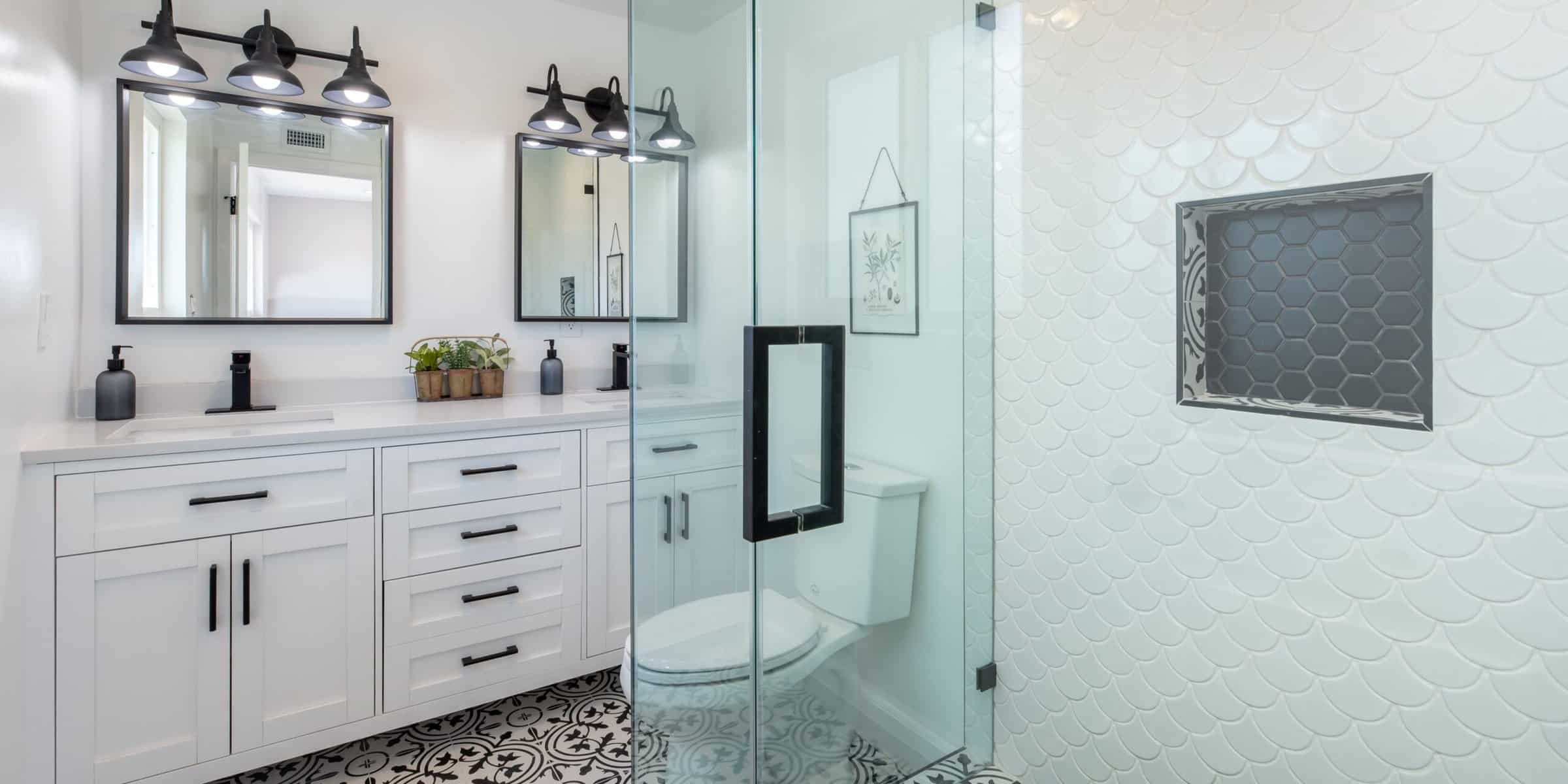
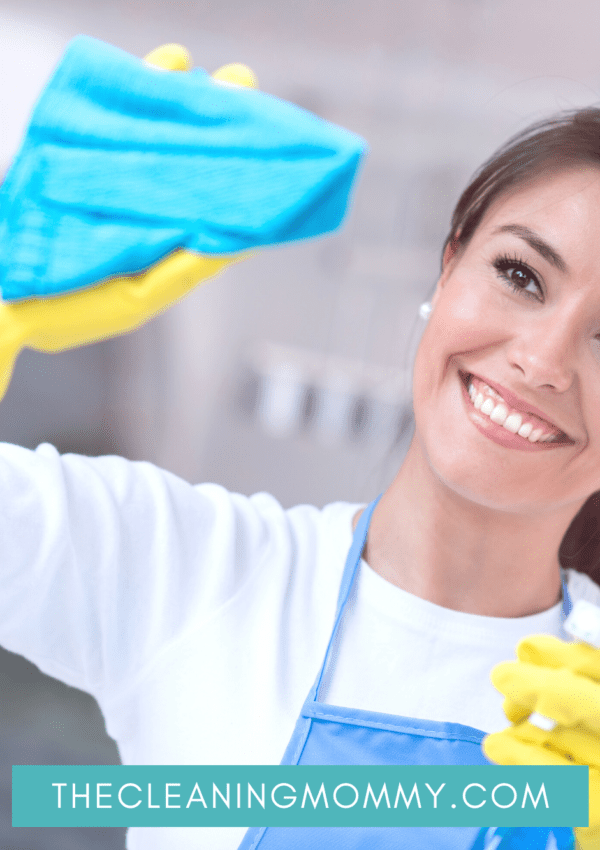
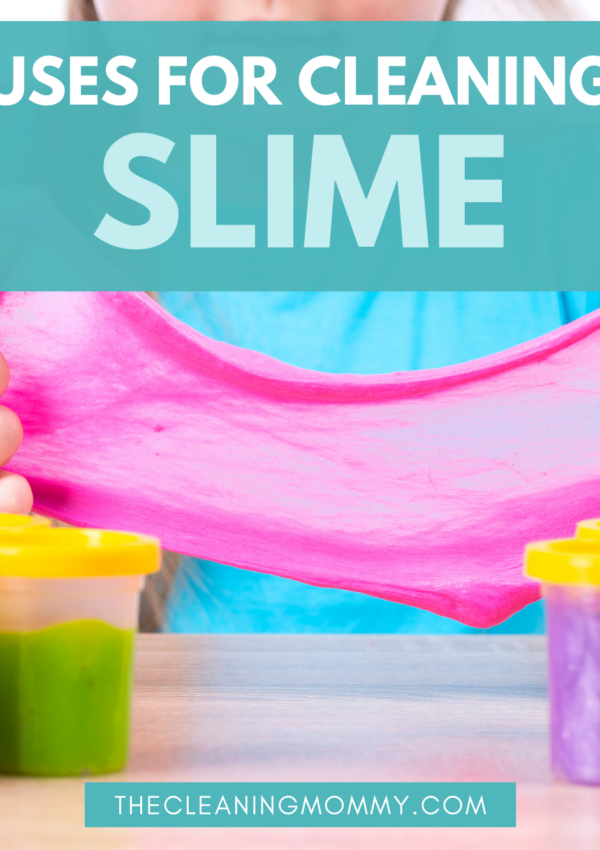
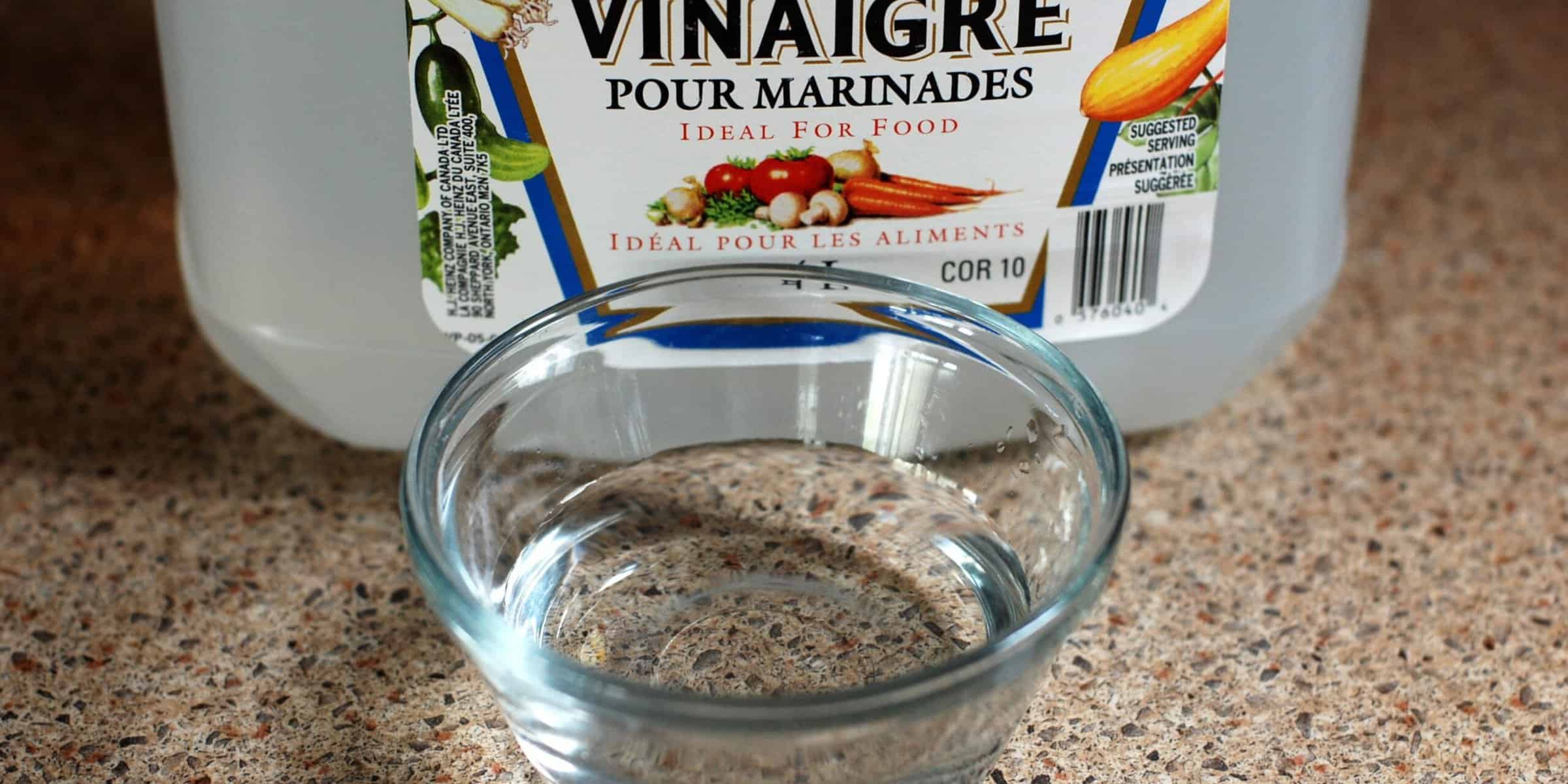
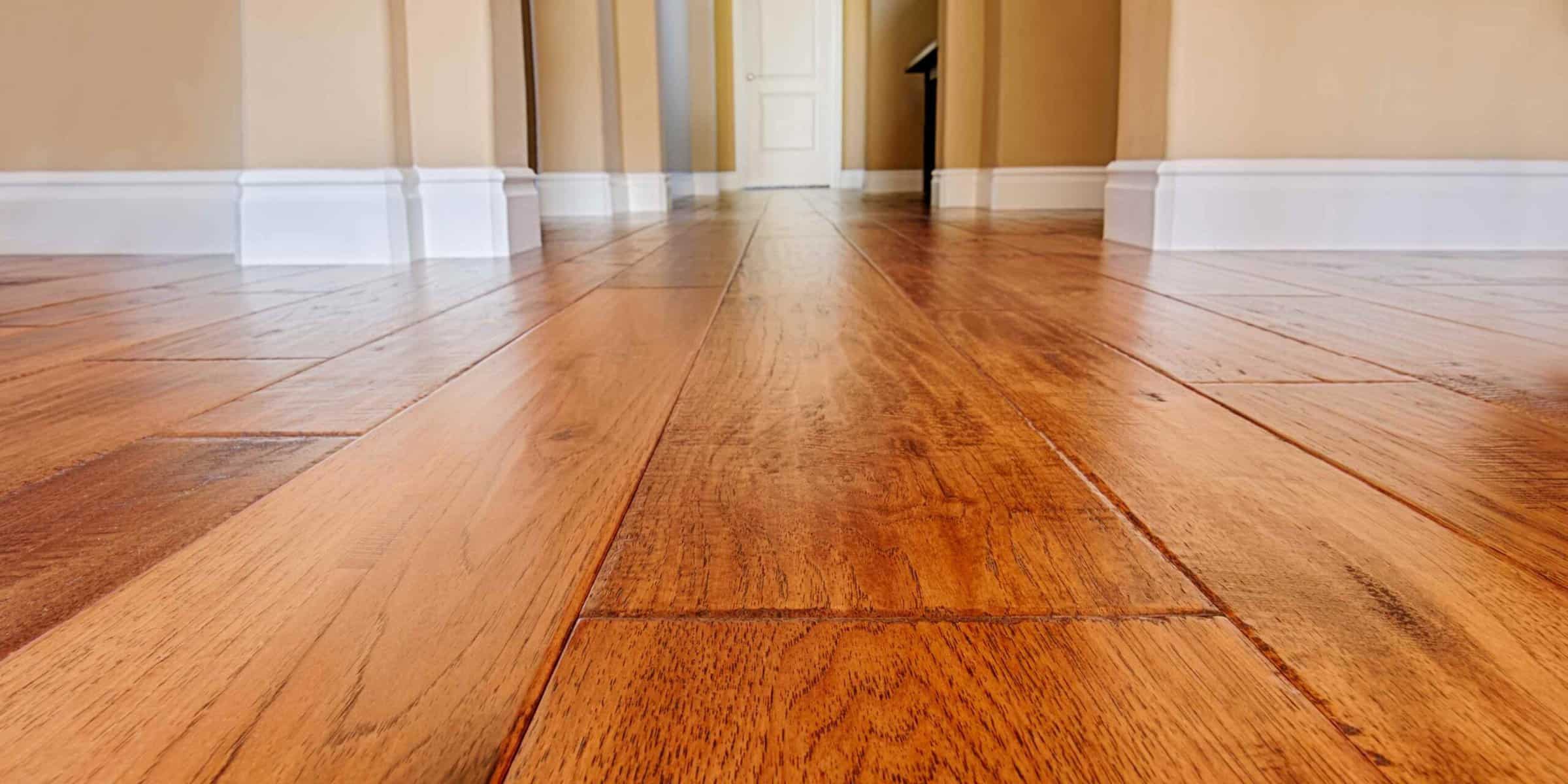
Leave a Reply